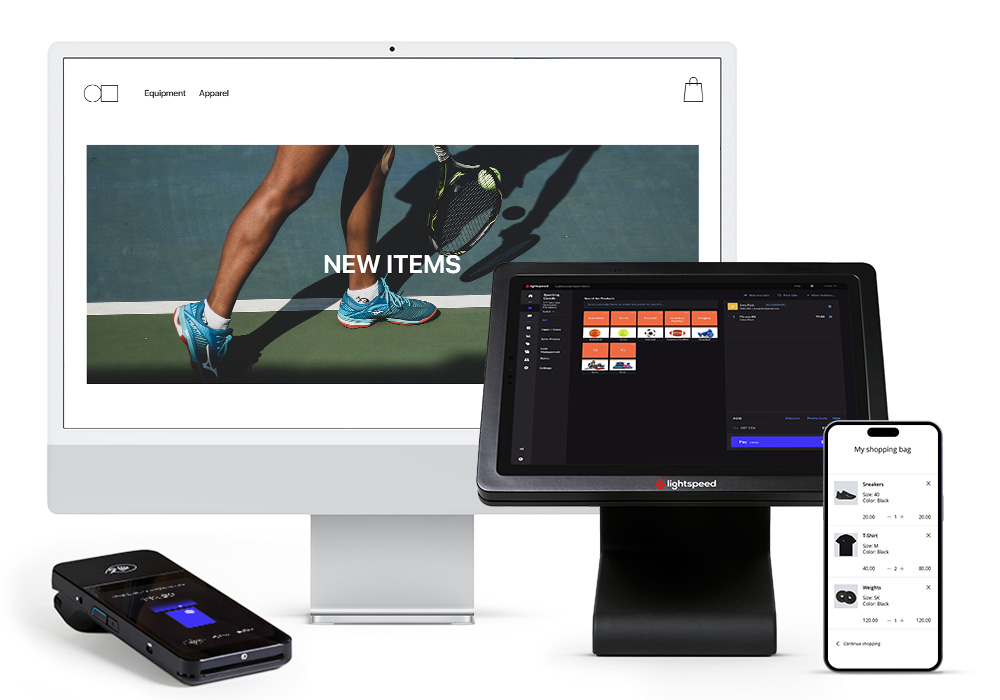How much does Restaurant POS Software implementation require and what should restaurants expect?
How POS System Works: A Comprehensive Overview for Entrepreneur

Comprehending the Parts of a POS System

How Sales Purchases Are Processed
When a client chooses to buy, the sales deal launches a collection of methodical actions within the POS system. Initially, the cashier inputs the things being acquired, which are scanned with a barcode viewers or manually gone into. This activity retrieves product information, including prices and suitable tax obligations, from the system's database.Next, the customer is presented with the overall quantity due. The POS system then processes the repayment, whether with money, bank card, or mobile payment methods (Restaurant POS Software). For electronic payments, the POS securely communicates with payment processors to accredit and confirm the transaction.Once the payment is verified, the system creates a receipt, which can be printed or sent out electronically. This invoice acts as receipt for the customer. Ultimately, the deal data is tape-recorded in the system, guaranteeing precise sales records and economic monitoring for business
Supply Administration and Tracking

Effective supply monitoring and monitoring are necessary parts of a POS system, as they ensure that services keep suitable supply degrees and minimize discrepancies. A robust POS system permits real-time supply updates, mirroring returns and sales instantly. This makes it possible for local business owner to keep an eye on supply levels properly, guaranteeing that preferred items are easily available while stopping overstocking of less preferred products.Additionally, advanced POS systems use attributes such as automatic supply alerts and reorder pointers, enhancing the procurement process. Barcoding and RFID browse around here innovation boost precision in tracking supply activity, reducing human error. Substantial coverage devices provide insights into stock turn over prices, aiding organizations make informed choices about buying and item offerings. Ultimately, efficient inventory monitoring via a POS system not only enhances operational effectiveness however also enhances consumer contentment by guaranteeing product availability.
Evaluating Customer Information and Insights
Customer information evaluation acts as a powerful tool for companies using a POS system (Restaurant POS Software). By gathering and taking a look at transaction data, businesses can uncover important understandings about consumer behavior and choices. This analysis enables them to recognize purchasing trends, peak purchasing times, and preferred items, consequently informing inventory decisions and marketing strategies.Additionally, businesses can sector their client base, permitting customized marketing initiatives that deal with specific demographics or acquiring practices. Understanding client loyalty patterns also assists in establishing targeted promotions and benefits programs.The data amassed from a POS system can likewise disclose understandings right into customer responses, enabling companies to make educated decisions pertaining to product offerings and service enhancements. Ultimately, leveraging customer data efficiently can enhance the general buying experience, foster customer complete satisfaction, and drive profits growth
Advantages of Applying a POS System

Frequently Asked Concerns
What Kinds Of Companies Can Benefit From a POS System?
Various services profit from a POS system, consisting of retailers, dining establishments, beauty salons, and ecommerce platforms. These systems improve purchases, supply monitoring, and consumer data, enhancing operational efficiency and improving client experience across diverse industries.
Just how Much Does a POS System Normally Cost?
The cost of a POS system usually ranges from a few hundred to several thousand dollars, depending upon features, hardware, and software. Companies should take into consideration recurring charges for support, maintenance, and transaction handling when budgeting.
Can I Incorporate a POS System With Existing Software Application?
Integrating a POS system with existing software application is usually possible. Several systems provide APIs or integrated compatibility attributes, enabling organizations to streamline procedures and enhance functionality by linking different software application applications efficiently.
What Training Is Needed for Staff to Utilize a POS System?
Training for personnel to utilize a POS system usually consists of understanding software capabilities, processing transactions, taking care of inventory, and dealing with consumer interactions. Practical presentations and hands-on practice enhance efficiency and confidence in operation the system effectively.
What Happens if the Net Decreases While Making Use Of a POS System?
If the internet goes down throughout POS system use, purchases might be interrupted. Numerous systems supply offline capacities, permitting fundamental procedures to continue, yet full performance, including real-time stock updates, will certainly be restricted. A Factor of Sale (POS) system is made up of numerous key parts that function together to assist in transactions and their explanation handle company procedures. Efficient supply management and monitoring are essential parts of a POS system, as they guarantee that businesses maintain excellent stock levels and minimize inconsistencies. Client information analysis serves as an effective device for companies utilizing a POS system. Understanding consumer commitment patterns also assists in establishing targeted benefits and promotions programs.The information amassed from a POS system can additionally reveal insights into client responses, enabling companies to make educated decisions pertaining to item offerings and service enhancements. Applying a POS system provides many benefits that can greatly improve business procedures.